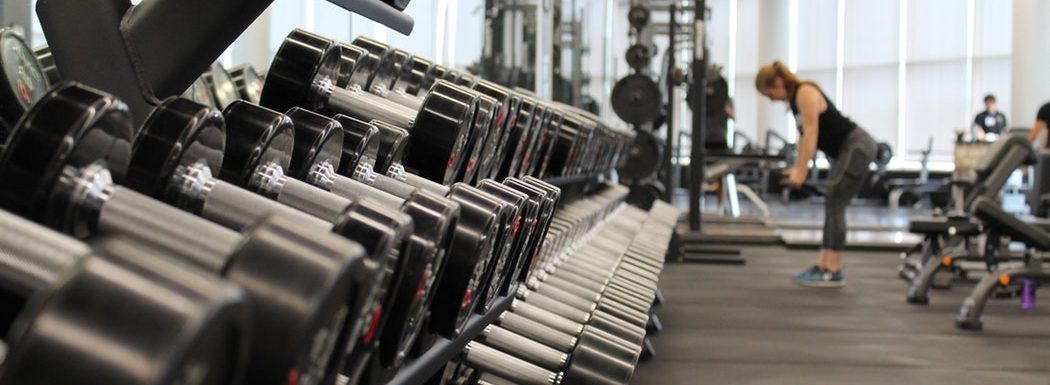The wonders of science and technology have revolutionized the way we do fashion and body aesthetics nowadays. The integration of advanced medical and surgical procedures of one’s beauty and physique has allowed us to explore plastic surgery and modify the body to look exactly the way we want it to be.
One of the top ten plastic surgeries is a buttock procedure called gluteal augmentation surgery, or commonly known to the layman as Brazilian butt lift or BBL. It’s no secret that BBL surgery in the UK is on the rise and is becoming increasingly popular as the days go by.
Now you can get that Hollywood buttock shape that you could only dream of way back in the days. Thanks to scientific breakthroughs, this miracle is now easily reachable and accessible to anyone. However, just like any surgical procedure, BBL surgery comes with a trade-off. A necessary sacrifice is that there are a two- to three-week recovery time after the procedure.
Despite that downside, the aesthetic results can be gratifying and worth it. But you must manage and deal with the recovery time successfully. In order to help you, here are 3 tips to training after having surgery:
1. Never, ever sit down.
During the intervening recovery time, you cannot instinctively sit down whenever you get tired. You have to be really intentional and fully determined in following this rule or else you will get poor results or even get unwanted indentations in your surgery. Any form of pressure on the buttocks is frowned upon for at least three weeks, as it can reduce the blood circulation in the affected area, causing cell shifting and even cell death. If this rule is impossible for you, at least mitigate the risks by using inflatable pillows that can help cushion your buttocks when you sit. This also means you’d have to sleep on your stomach or sideways. Don’t worry though as this is all temporary. You can resume your normal sitting positions when you have fully healed and recovered.
2. Exercise, but don’t overdo it.
After surgery, refrain from doing heavy and strenuous activity for at least a month as your body is adjusting to its most recent modification. However, this doesn’t mean that you end exercising altogether. In fact, light to moderate exercising is actually recommended, and it has been linked to hastening recovery time and speeding the healing by improving blood circulation. Walking is greatly encouraged. Start gradually, and slowly build up your exercise routine as you slowly end your recovery time.
3. Be patient.
It can be really frustrating right after surgery since you’d have to make lots of adjustments and forego your usual routine. You’d have to temporarily stop things that you usually used to do every day. You must also learn to manage pain and discomfort, so be prepared to take some painkillers and make use of compression garments to help you deal with the distress. Vigorous activities can resume after about eight weeks, but make sure to check on your surgeon on what you can and cannot do, and report anything unusual.
Additional menu
A Site that Hosts Unfiltered and Data Driven Information to Help You Rejuvenate your Health!

Leave a Reply